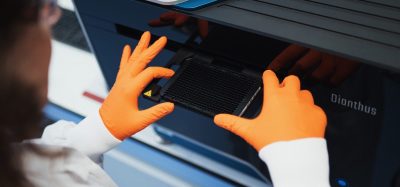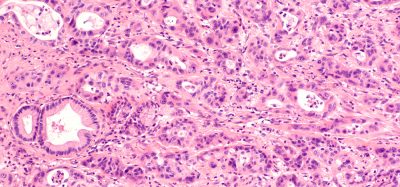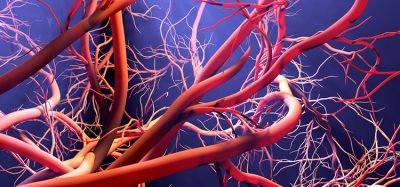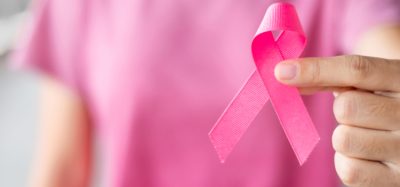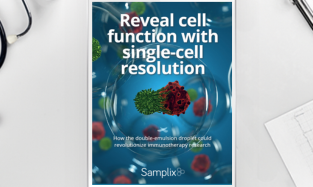A new study sheds light onto maternal autoantibody linked to autism
Posted: 21 July 2022 | Ria Kakkad (Drug Target Review) | No comments yet
The researchers found predictive protein patterns and links of maternal autoantibody–related autism spectrum disorder in the blood of expecting mothers.

A recent study carried out by the University California, Davis MIND Institute, US found that expecting mothers carry links of maternal autoantibody–related autism spectrum disorder (MAR ASD) in their blood. The findings were recently published in Molecular Psychiatry.
MAR ASD is marked by the presence of specific maternal immune proteins known as autoantibodies that react to certain proteins found in the foetal brain. The maternal autoantibodies (IgG) cross the placenta and access the developing brain. Once there, they may cause changes in the way the brain develops in the offspring, leading to behaviours linked to autism.
The team showed that autoantibody binding to nine specific combinations of proteins, known as MAR ASD patterns, successfully predicts autism in previously diagnosed children. They tested maternal blood samples collected during pregnancy to see if they could validate the identified patterns. They wanted to see if the patterns accurately predicted autism in the children.
“Previously, we identified nine patterns linked to MAR ASD. In this study, we wanted to check the accuracy of these patterns in predicting MAR ASD. To do that, we tested plasma from pregnant mothers, collected by the Early Markers for Autism (EMA) study,” said Professor Judy Van de Water, the study’s senior author.
The study screened the plasma of 540 mothers of autistic children, 184 mothers of kids with intellectual disability but no autism, and 420 general population mothers of kids with no known autism or intellectual disability at the time of the study.
It found reactivity to at least one of the nine MAR ASD patterns in 10 percent of the autistic group. This is compared with four percent of the intellectual disability group for some patterns, and one percent of the general population group. Four patterns were present only in mothers whose children were later diagnosed with autism, making those autoantibody patterns highly predictive.
The study also found that a mother with reactivity to any one of the nine MAR ASD patterns has around eight times the chance of having an autistic child.
Several MAR ASD patterns were strongly associated with autism with intellectual disability. Others were linked to autism without intellectual disability. The protein pattern most strongly linked to autism was (CRMP1+CRMP2). It increased the likelihood of an autism diagnosis by 16 times and was not found in the non-autism groups.
Further study is needed to understand why mothers develop these antibodies and how long these antibodies may persist. Testing for MAR ASD patterns can be used to assess the probability of a child having autism before characteristics are present. The researchers aim to develop an accurate clinical test to provide clinicians with more tools for an earlier diagnosis of autism spectrum disorder (ASD).
“We hope our work can help develop better-tailored services based on the type of autism and the child’s strengths and specific challenges,” Van de Water concluded.
Related topics
Antibodies, Antibody Discovery, Screening
Related conditions
autism spectrum disorder (ASD), autoantibody–related autism spectrum disorder (MAR ASD)
Related organisations
UC Davis MIND Institute
Related people
Professor Judy Van de Water



